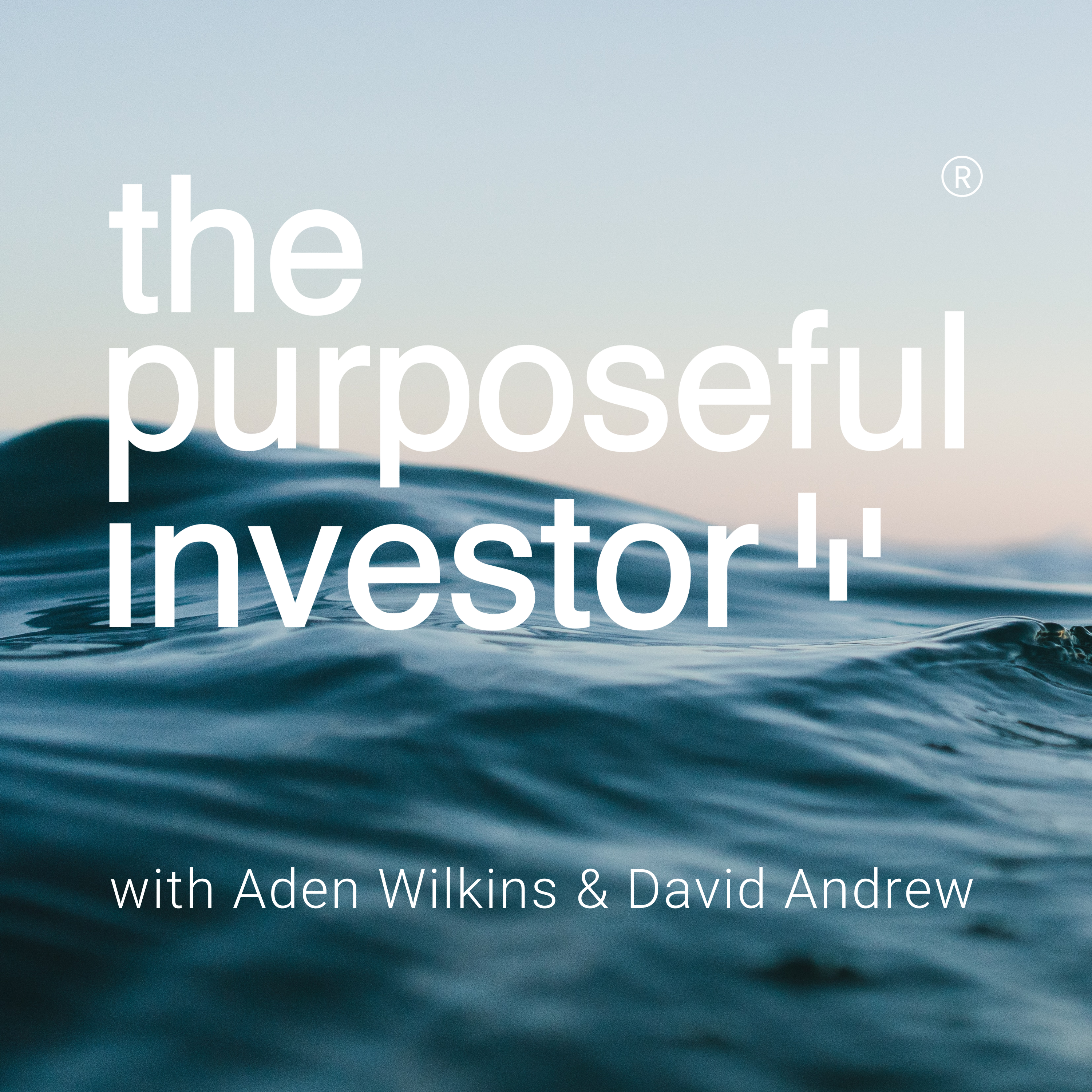Shielded by our rich natural resources, skilled workforce and strong trade with our fast-growing neighbours, Australia has frequently managed to avoid recessions during many of the recent global shocks – including the GFC. However, after a record-breaking 29 years of uninterrupted growth, Australia now finds itself in one.
Although this recession was widely expected and, in many ways accepted by economists and markets, the magnitude of the June GDP contraction was larger than most anticipated – a whopping 7%, the largest on record. For those who didn’t take economics at high school (or perhaps it’s been too long since!), GDP is simply a measure of all the goods and services produced in Australia, over a given period. It’s calculated by adding together consumer spending, business investment, government spending and net exports. Two consecutive periods of declining GDP and you have yourself a “technical recession”.
The catalyst for this recession has been the massive decline in consumer spending caused by the COVID-19 lockdowns. To provide further context, of the 7% reduction in GDP, 6.3% of this was directly attributable to consumer spending. The temporary closure of businesses across the hospitality and travel industries affected spending but we also saw a significant spike in household savings. As we all sit back and try to make sense of the toll COVID-19 is having on the economy, the household savings rate is peaking at its highest level in 46 years.
Rest assured, it’s not all doom and gloom. Recessions do happen. Perhaps not as often in Australia as the rest of the world. But if we instead focus our attention to how markets have reacted to recessions in the US over the last 60 years, some interesting observations can be made.
Firstly, it is comforting to see that in each of the last 7 recessions, markets have quickly found their way again. However, if we delve even deeper into these recessions, we can begin to see a regular pattern emerge. In particular, the outperformance of value (or low relative price) companies, compared to the broader market.
The table below reflects the performance returns of the US market1 versus a US Value index2 during both the initial drawdown phase of a recession (or the bear-market period), and the subsequent two years during the market recovery.
We notice that during the initial drawdown phase of these recessions, the performance of value stocks is not that convincing. However, during the two-year period following the initial market fall, we can see that value stocks have outperformed more frequently.
In all recessions, excluding the Vietnam War, value not only outperforms the market during the recovery phase but also outperforms the market over the full period from the original peak before the recession, to two years after the drawdown.
There are numerous academic theories that attempt to explain why value companies outperform in a recession recovery environment. One well-supported theory attributes the phenomenon to the fact that many value stocks tend to be cyclical in nature. It is not uncommon for value company portfolios to be made up of businesses from the financials, materials, and energy sectors. These cyclical sectors tend to be more mature and their earnings can be heavily impacted by the phase the economy is in. In the years following a recession, an economy will generally go through a phase of economic expansion, which benefits these cyclical sectors and leads to value outperformance.
Another theory put forward by De Bondt and Thaler (1984), focuses more on the behavioural finance aspect and suggests that individuals tend to overreact to dramatic events, and this is no different in financial markets. Keep in mind that in the final stages of an economic expansion, growth stocks are generally in favour as markets are usually exuberant. Conversely, value companies are less popular because they’re not as “sexy” as many of the growth company stories. This is why value companies have a lower relative price than the market.
Once the economic shock of a recession sets in, the market is less interested in growth stories and turns its focus to real company earnings. This is when markets favourably “re-price” value companies leading to outperformance.
As they say, history doesn’t repeat itself, but it does rhyme. Global pandemics, market volatility and recessions can be unsettling for us as investors, however, these types of markets can also create excellent investment opportunities.
It is ever important during these times to remain patient with your investment strategy. Our evidence-based philosophy allows us to systematically exploit the expected return drivers of value, as well as company size and profitability, whilst maintaining a broadly diversified portfolio.



